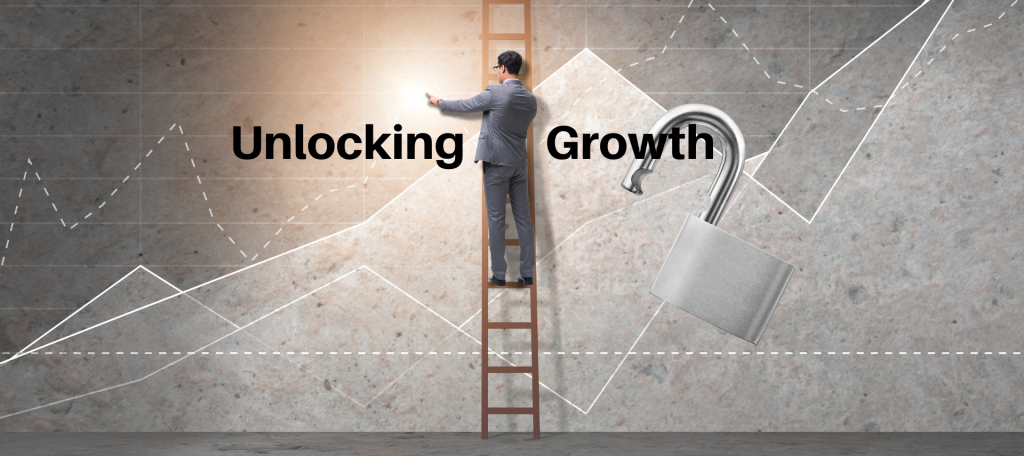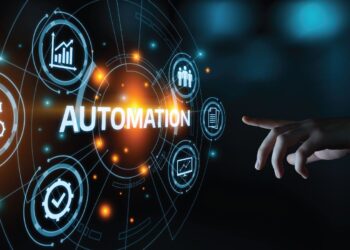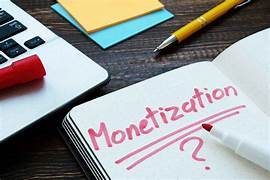In the hyper-competitive digital landscape of the 21st century, marketers are facing a perfect storm. Data is exploding, customer expectations for personalized experiences are soaring, and the number of channels to manage is ever-increasing. The traditional marketing playbook, and even the first wave of automation, is struggling to keep pace. The result is often fragmented campaigns, wasted budget, and missed opportunities. Out of this complexity, a new, transformative paradigm is emerging: the Autonomous Marketing Engine.
This is not merely an upgrade to existing marketing automation. While automation platforms are brilliant at executing pre-defined, rule-based tasks—”if a user does X, then send email Y”—they still rely heavily on human strategy, setup, and constant monitoring. Autonomous marketing represents a quantum leap forward. It leverages the power of artificial intelligence (AI) and machine learning (ML) to not only execute tasks but to think, learn, predict, and self-optimize. Imagine a system that doesn’t just follow your rules but creates its own, more effective rules in real-time to achieve a specific business goal.
This is the dawn of self-driving marketing, a system capable of navigating the entire customer journey with minimal human intervention, making intelligent decisions on budget allocation, content personalization, and channel selection to maximize return on investment (ROI). This comprehensive guide will explore the architecture of these powerful engines, their profound benefits, the practical steps for implementation, and the future they are shaping for businesses worldwide.
The Evolution: From Manual Effort to Intelligent Autonomy
To truly grasp the significance of autonomous marketing, it’s helpful to view it as the third major stage in the evolution of marketing operations.
-
Stage 1: Manual Marketing. This was the era of pure human effort. Every email was sent manually, every social media post was crafted and published in the moment, and every ad was placed through direct negotiation. It was creative and personal but incredibly time-consuming and impossible to scale effectively.
-
Stage 2: Rule-Based Marketing Automation. This is where most businesses are today. Platforms like HubSpot, Marketo, and Pardot introduced “if-then” logic. If a user downloads an ebook, they are added to a lead nurturing sequence. If a cart is abandoned, a reminder email is triggered. This was revolutionary, bringing unprecedented efficiency and scale. However, the intelligence is still human-derived. The marketer must create the rules, design the workflows, and analyze the performance data to make manual adjustments. The system is executing orders, not thinking for itself.
-
Stage 3: Autonomous Marketing. This new stage moves from execution to orchestration. An autonomous engine is given a goal, such as “increase customer lifetime value by 15%” or “reduce media spend while maintaining lead volume.” Fed by a constant stream of data, its AI core analyzes patterns, predicts outcomes, and makes independent decisions to reach that goal. It might decide to shift budget from Facebook Ads to Google Ads mid-day, personalize a website banner for a specific user segment, and determine the optimal time to send a push notification, all without a human creating a specific rule for each action. It is the transition from a car with cruise control to a fully self-driving vehicle that can navigate the entire journey on its own.
The Core Components of an Autonomous Marketing Engine
An autonomous marketing engine is not a single piece of software but an integrated system of technologies working in concert. Its architecture can be broken down into several critical layers, each performing a vital function.
A. The Data Ingestion and Unification Layer This is the foundation of the entire system. An autonomous engine is only as smart as the data it consumes. This layer’s primary job is to collect and unify vast amounts of data from disparate sources into a single, coherent customer view. This data includes:
- First-Party Data: Information you own, such as CRM data (purchase history, support interactions), website and app analytics (pages visited, time on site), and email engagement.
- Second-Party Data: Another company’s first-party data, often acquired through partnerships.
- Third-Party Data: Aggregated data from external sources, providing demographic, firmographic, and behavioral insights on a broader scale. The key technology here is often a Customer Data Platform (CDP), which cleans, de-duplicates, and stitches this data together to create persistent, unified customer profiles. Without this clean “fuel,” the AI “brain” cannot function effectively.
B. The AI and Machine Learning Core This is the brain of the operation, where raw data is transformed into intelligence and foresight. It’s not a single algorithm but a suite of machine learning models working together to analyze, predict, and prescribe actions. Key capabilities include:
- Predictive Analytics: Using historical data to forecast future outcomes. This includes lead scoring (predicting which leads are most likely to convert), churn prediction (identifying customers at risk of leaving), and predicting the lifetime value of new customers.
- Customer Segmentation and Clustering: Moving beyond simple demographic segments (e.g., “women aged 25-34”). AI can identify nuanced behavioral clusters that humans would never see, such as “price-sensitive weekend shoppers who respond to urgency” or “high-value researchers who consume video content before purchasing.”
- Natural Language Processing (NLP): Enabling the engine to understand and generate human language. This is used for sentiment analysis on social media, categorizing support tickets, and even generating subject lines or ad copy for A/B/n testing.
- Reinforcement Learning: This is a crucial element for self-optimization. The AI performs an action (e.g., shows an ad), observes the result (a click or no click), and receives a “reward.” Over millions of iterations, it learns which sequences of actions produce the best cumulative reward, continuously refining its own strategy.
C. The Decision and Orchestration Engine This layer acts as the strategic commander, translating the insights from the AI core into concrete marketing actions. Based on the overarching business goals it has been given, it makes high-level decisions about how to best use resources. Its responsibilities include:
- Budget Allocation: Dynamically shifting marketing spend between channels (e.g., Paid Search, Social, Email) in real-time to where it’s generating the highest return.
- Journey Orchestration: Designing and managing individualized customer journeys. Instead of a rigid, pre-defined path, the engine crafts a unique sequence of touchpoints for each user based on their predicted behavior and needs.
- Offer and Content Personalization: Deciding which product recommendation, content piece, or promotional offer is most likely to resonate with each individual user at any given moment.
D. The Multi-Channel Execution Layer This is where the rubber meets the road. The decisions made by the orchestration engine are pushed out to the various marketing channels and customer touchpoints. This layer integrates directly with:
- Email Service Providers (ESPs)
- Social Media Platforms (Facebook, LinkedIn, TikTok, etc.)
- Advertising Networks (Google Ads, Bing Ads)
- Website and Mobile App Personalization Tools
- Push Notification Services
- Direct Mail Services The execution is seamless and coordinated. A user who clicks a specific ad on Instagram might instantly see a personalized hero banner on the website and receive a follow-up email with a relevant offer 24 hours later, all orchestrated by the engine.
E. The Continuous Learning and Optimization Loop This final component is what makes the engine truly autonomous and intelligent. Every action taken by the execution layer generates new data points. Every click, open, purchase, or bounce is fed back into the data ingestion layer. This creates a closed-loop system where the AI core constantly measures the outcomes of its decisions against its goals. It learns what works, what doesn’t, and why, becoming progressively smarter and more effective over time. This feedback loop eliminates the need for manual performance analysis and campaign tweaking, as the system optimizes itself around the clock.
Tangible Benefits: Why Every Business Leader Should Care
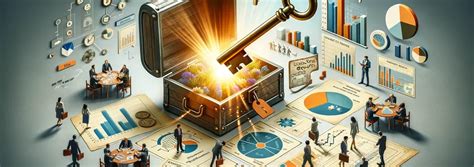
Adopting an autonomous marketing strategy isn’t just about technological novelty; it’s about driving real, measurable business outcomes that are impossible to achieve through manual or rule-based methods.
A. Radical Hyper-Personalization at Scale Standard personalization often stops at using a customer’s first name in an email. Autonomous engines facilitate hyper-personalization, tailoring the entire customer experience—from the ad they see to the website content they read to the offers they receive—to their individual needs and context in real-time. This level of relevance builds deeper customer relationships and significantly boosts conversion rates.
B. Maximized Marketing ROI and Efficiency One of the biggest challenges for marketers is proving and improving ROI. Autonomous engines tackle this head-on. By continuously analyzing performance and reallocating budget to the most effective channels and tactics automatically, they eliminate wasted ad spend and ensure that every dollar is working as hard as possible. This leads to a lower Cost Per Acquisition (CPA) and a higher Return on Ad Spend (ROAS).
C. Unlocking Strategic Human Potential A common fear is that AI will replace marketers. In reality, it empowers them. By automating the tedious, data-intensive, and repetitive tasks of campaign setup, monitoring, and optimization, autonomous engines free up marketing teams to focus on what humans do best: high-level strategy, brand building, complex problem-solving, and creative innovation. Marketers evolve from campaign operators to strategic thinkers and AI supervisors.
D. Proactive and Predictive Customer Engagement Instead of reacting to customer actions, autonomous marketing anticipates them. Predictive models can identify when a customer is likely to make their next purchase and proactively send a timely offer. More importantly, they can flag customers who are at high risk of churning and automatically trigger a retention campaign designed to win them back before they leave, dramatically increasing customer lifetime value (CLV).
E. Unearthing Deep, Actionable Insights AI can analyze data at a scale and depth that is beyond human capability, uncovering hidden correlations and subtle trends. An engine might discover that customers from a specific geographic region who purchase a certain product are 90% more likely to buy a complementary product within 45 days if they are shown a video testimonial. This is an insight that would be nearly impossible to find through manual analysis, yet it provides a powerful new revenue opportunity that the engine can immediately act upon.
A Practical Guide to Implementing an Autonomous Strategy
Transitioning to autonomous marketing is a journey, not an overnight switch. It requires careful planning, the right technology, and a shift in organizational culture.
A. Build a Rock-Solid Data Foundation The principle of “garbage in, garbage out” has never been more relevant. Before anything else, focus on your data hygiene. Invest in a CDP or a similar solution to unify your customer data, ensure its accuracy, and make it accessible in real-time. This is the single most critical prerequisite.
B. Start with Clear, Measurable Business Objectives Don’t start with the technology; start with the goal. What do you want the engine to accomplish? Be specific. Instead of “improve marketing,” aim for “reduce customer churn by 10% in the next six months” or “increase cross-sell revenue from existing customers by 25%.” A clear goal is essential for training the AI and measuring its success.
C. Choose the Right Technology Stack and Start Small You can either build your own engine by integrating best-in-class point solutions or buy a more comprehensive platform from a vendor. For most companies, a hybrid approach or a vendor solution is more practical. Don’t try to automate everything at once. Start with a single, high-impact use case, such as lead scoring or cart abandonment. Prove its value, learn from the process, and then expand from there.
D. Cultivate a Culture of Experimentation and Trust Human marketers may be skeptical of ceding control to an algorithm. It’s vital to foster a culture where the AI is viewed as a “co-pilot.” Encourage the team to trust the machine’s recommendations but also to test them and understand the results. Create a collaborative environment where human intuition and AI-driven insights work together.
E. Evolve the Role of Your Marketing Team Prepare your team for the future. Invest in training that focuses on data analysis, strategic thinking, and understanding how to manage and interpret AI systems. The marketer of the future won’t be building complex email workflows; they will be defining the strategic goals for the autonomous engine and interpreting its sophisticated outputs to inform broader business strategy.
Challenges and Ethical Considerations on the Horizon
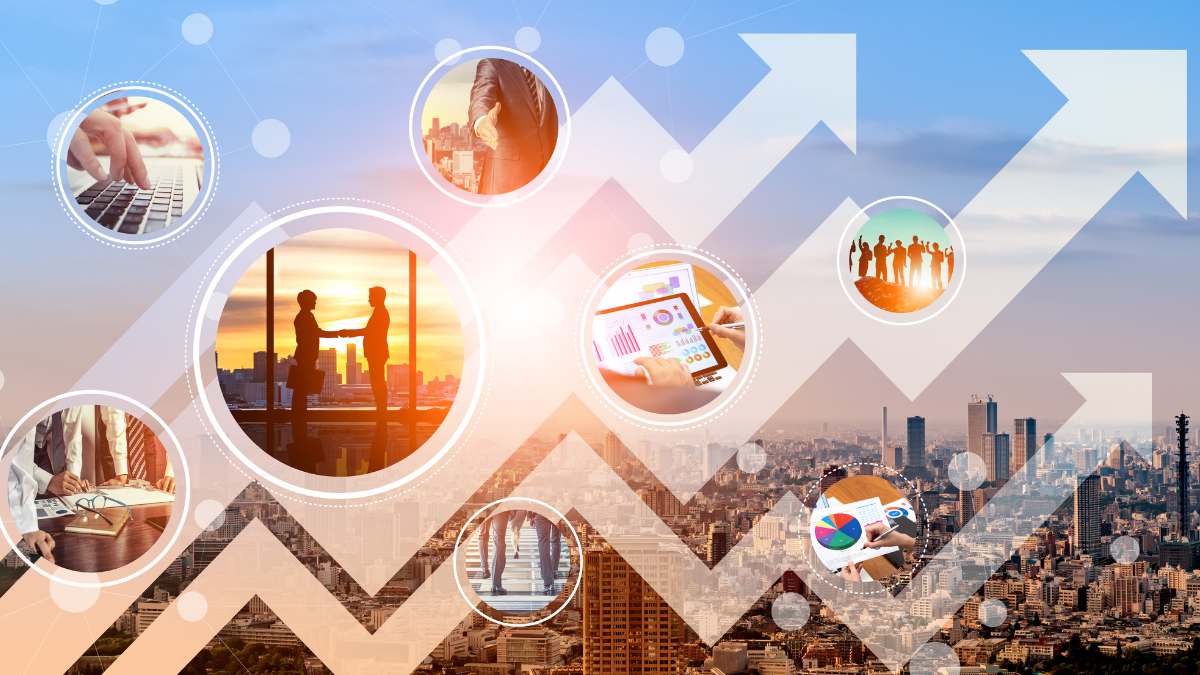
Despite its immense potential, the path to autonomous marketing is not without its obstacles. Businesses must navigate challenges related to privacy, transparency, and the risk of losing the human element. The “black box” problem, where it’s difficult to understand precisely why an AI made a particular decision, can be a concern for brands that need to maintain strict control over their messaging. Furthermore, the reliance on vast amounts of user data requires an unwavering commitment to ethical data handling and compliance with regulations like GDPR and CCPA to maintain customer trust.
The Inevitable Future Is Autonomous
Autonomous marketing is more than just the next buzzword; it represents a fundamental shift in how businesses connect with customers. The ability to operate at a speed, scale, and level of intelligence that is simply beyond human capacity will soon become the dividing line between market leaders and laggards. The journey begins with data, is powered by AI, and culminates in a marketing function that is more efficient, more effective, and more aligned with business growth than ever before. The question for business leaders is no longer if they will adopt this technology, but how quickly they can prepare their teams, their data, and their strategy for the autonomous revolution that is already underway.

